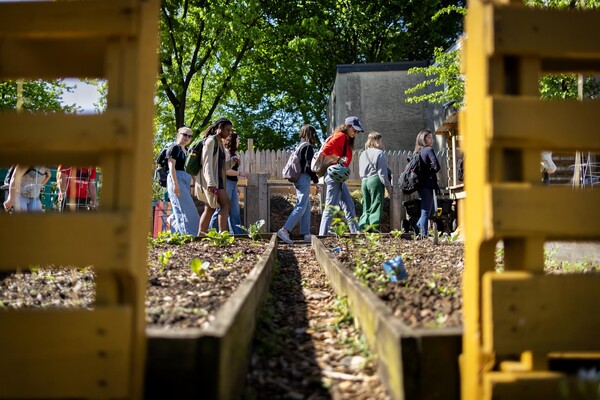Child welfare’s dirty secret
On an early June morning, an 8-month-old girl was taken to a Florida emergency room, where she died four hours later.
Investigators found the baby’s family had been the focus of nine child abuse reports in the past four years. The mother was charged with beating the baby to death.
At no time had the baby or her four siblings been removed from the home, nor had anyone considered terminating the mother’s parental rights.
The system is biased
That it took a homicide to focus attention and force action points to a crisis in America’s child welfare system: It is biased toward biological parents, even when they have demonstrated a lack of fitness to care for their children.
This system-wide bias is well-intentioned.
It is based on the notion that unfit parents can improve if they get enough social services -- parenting classes and economic resources -- and that children are always better off with their biological parents.
But good intentions aren’t enough, as statistics show. According to data from the American Public Human Services Association and the U.S. Department of Health and Human Services:
Nearly 600,000 children are in foster care on any given day, mostly due to abuse and neglect. Nearly one-third of these children are younger than 5.
The majority of children in foster care -- 62 percent -- are reunified with their parents. But within a year, half of them are returned to foster care because of new instances of abuse or neglect.
Less than a third of foster children are ever successfully reunited with their parents.
As many as 20,000 children “age out” of the child welfare system each year when they turn 18, most of whom have been in and out of the system much of their lives.
Legal reforms have increased the number of children adopted from the child welfare system. But adoptions still represent only 10 to 12 percent of the annual dispositions of children in foster care.
Effective reforms must go much further.
The dirty secret of the child welfare system is that it provides only the following three services: investigations of child abuse and neglect reports, temporary out-of-home placement for children and reunification services.
The system is not designed to target and identify high-risk cases, provide close monitoring of these cases or match services to family and individual needs and readiness to change.
Permanency is missing
The system needs to provide services that assure permanency. More children need to be adopted.
If children cannot be reunited, then parental rights should be terminated early enough to assure the children can be adopted.
Permanent guardianship, by relatives and even orphanages, needs to be considered a viable option for permanent placement.
And time is of the essence. Children’s permanence and development must not be held hostage for years while waiting for biological parents to change.
The child welfare system can be reformed only if it forsakes the traditional ideologies that all parents can change if provided with enough services, and that children always do best when cared for by their biological parents.
These antiquated and sometimes dangerous assumptions need to be replaced with a child-centered system with a goal of safe and permanent caretaking of all maltreated children.
Richard J. Gelles, Ph.D., the Joanne and Raymond Welsh Chair of Child Welfare and Family Violence and a professor in the School of Social Work, wrote “The Book of David: How Preserving Families Can Cost Children’s Lives” (Basic Books, 1996).
- What's bugging you? You can contribute a column on a general interest or University-related subject. Call us first, 215-898-1426, or e-mail us.







